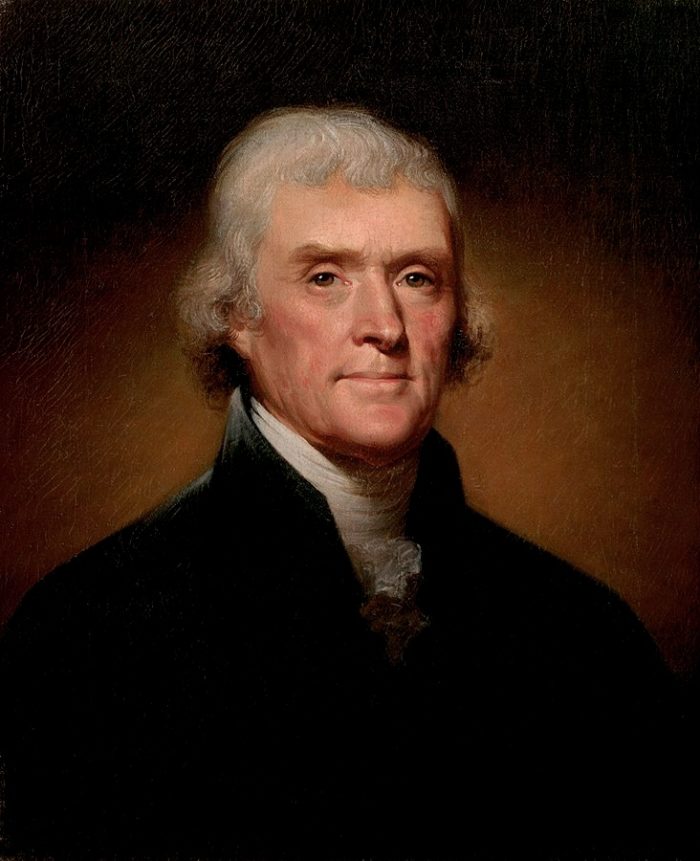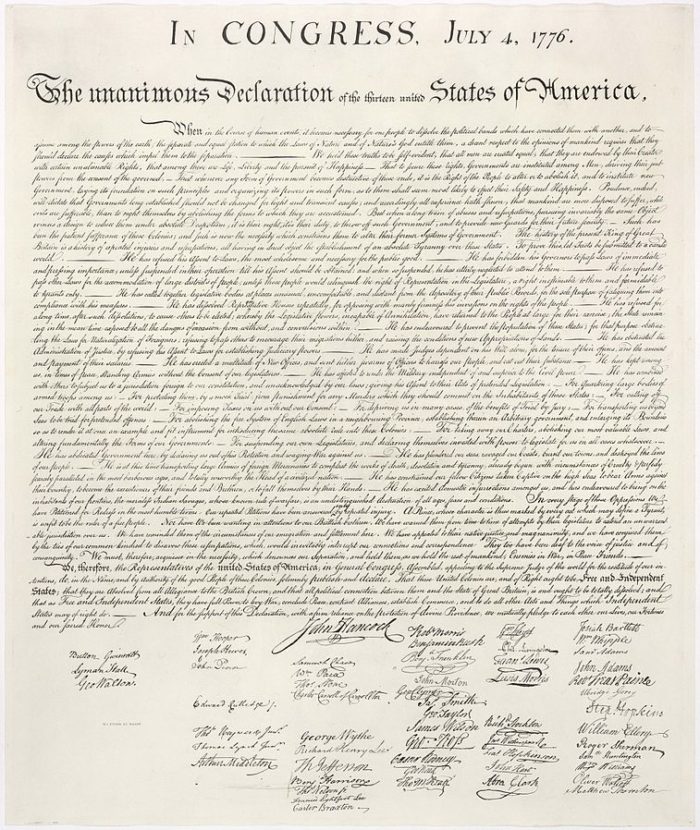by Michael A. Bellesiles
One of my favorite stories from the long struggle for equality concerns the scientist Helen Hamilton Gardener. In 1889, she challenged the leading male exponent of female mental inferiority to examine a human brain and determine its gender. In refusing the opportunity, he admitted that human brains all have essentially the same structure. In the ensuing decades, science has consistently shown the reality of human equality, having recently established that 99.9% of all human DNA is identical. In a civilized society, every person is therefore logically given the equal opportunity suggested by Thomas Jefferson in the Declaration of Independence, to pursue happiness according to his or her own desires and abilities.

Yet, the United States has had, at best, an ambiguous relationship with the concept of human equality. Anyone familiar with the history of the United States knows this statement to be true, but we like to tell ourselves that blatant inequality is in our past. The elevation of a racist and misogynist to the presidency, the resurgence of white supremacy, the statements of Senators that ours is not and should not be a democratic nation, and the obvious evidence of massive inequality in our nation indicates that human equality is still not self-evident to millions of Americans. That rejection of equality has clearly met opposition. For instance, since 2013, the Black Lives Matter movement has reminded this country of its most massive failure, the refusal to value the lives of all citizens. The preamble of the Constitution and the Fourteenth Amendment seemingly settled the issue, yet we have many public officials who deny equality and democracy—and we cannot have one without the other.
The disagreements over and misunderstandings of equality emerge, in part, from a failure to clarify the term, to understand its meaning, and to say precisely what one means by equality. Equality is more than a philosophical abstraction; it has real-world consequences on a daily basis. For most of its history, the United States denied a majority of its population the benefits of citizenship, condemning those millions of people to lives less full and less free than they deserved. Inequality warps and limits life, closing access to opportunity and often even denying the most basic right—security of person. For me, this concept is not difficult to grasp. When I was growing up, inequality was everywhere. I watched Southern police attack peaceful demonstrators with dogs and firehoses, my family sat in horror as Walter Cronkite told us of the church bombing in Birmingham that killed four beautiful girls, I stood in front of our home in 1965 and watched the flames rise over Watts. But inequality hit even closer to home. My mother, as an unmarried woman, could not get a credit card until 1971; she sued to rise above the level of secretary, and lost. My two brilliant sisters never had the opportunities afforded to us boys, and as working-class kids we were treated with an often-withering contempt. Two close family friends were criminals in the eyes of the law because of their homosexuality. Taking all those denied full legal equality into the 1970s constitutes a majority of society. My teachers taught me that the United States is a democracy. How then can the minority oppress the majority? My search for an explanation led me over many years to the publication of Inventing Equality, an effort to understand the persistent battle for a truly democratic society.
Here in the 21st Century the question remains: Do we believe in equality? It is obvious that for many people the answer remains a forceful “no.” But it may be the case that a larger number of Americans believe that the words penned in 1776 and enshrined in the Constitution in the years following the Civil War must have real meaning. The difference between the rhetoric and reality of equality is made obvious by the effect of each. The rhetoric of equality requires nothing of a person but the verbal repetition of the words, as in the Pledge of Allegiance, while real equality demands action. Rhetoric itself changes nothing, a slave-owner saying that the United States is the home of freedom while refusing to even question the institution of slavery leaves that assertion empty and entirely rhetorical. Talk of equality in America rarely produces change, it just reinforces self-satisfaction. But action is another matter entirely. What do Americans mean when they speak of equality? This book seeks answers in one of the key moments in American history, when the country determined to meet its ideals, to force its legal and political structures to match its rhetoric, and boldly acted to make Jefferson’s words real.

This image is in the public domain via Wikicommons.
Inventing Equality explores the consequential discovery of human equality and the invention of legal equality. I use these two words—discovery and invention—deliberately. The generation of activists in the Civil War period first discovered a great truth, that all humans are in fact created equal. That actuality of human equality was always present though seldom recognized. It took a long and terrible war to teach the American people that the words enshrined in the Declaration of Independence and the Preamble of the Constitution have substance. A large and diverse coalition of reformers then worked to invent the legal language to protect their significant discovery. Yet, not everyone shared this vision of an egalitarian America, and a century-long battle ensued over the extent to which equality matters and should be central to American law. The Civil War thus witnessed a remarkable and rapid change in American culture unlike any in the nation’s history that led to the alteration of its constitutional structure in an effort to transform the ideals of the Declaration from empty rhetoric to practical reality.
Ideas matter, giving shape to previous unexpressed passions and desires. Victor Hugo famously said, “Invading armies can be resisted, invading ideas cannot be.” But ideas also require effort, at the very least the active use of the mind in the process of reflection. People do not necessarily want to question their own accepted notions and what may appear to be the eternal structures of their society. Equality is a forceful and attractive idea; but its full acceptance necessitates rejecting self-perceptions of superiority, both on the personal and national level. In the same year of 1776 two great theorists challenged humanity with a startling vision, that, in the words of Adam Smith, it was time to promote “the right of individuals to make their own decisions about how to conduct their lives.” Across the Atlantic, Thomas Jefferson was making the same case for social freedom in claiming that each person was entitled to “life, liberty, and the pursuit of happiness.” It was an idea whose time had clearly come; yet, here we are in 2020 still battling for that most basic of American ideals, equality.
Michael A. Bellesiles, once a visiting professor at Trinity College in Connecticut and a professor of history at Emory University, is the author of numerous books on American history—including 1877 and A People’s History of the U.S. Military. Bellesiles received his BA from the University of California–Santa Cruz and his PhD from the University of California at Irvine. He lives in Connecticut.
